4140015790936
Price Quote Get an up to date pricing and availability quote for this product. Order online or over the phone.
Quality Commitment
Serving our customers with quality and safety first.
- AS9120 Certified
- Audited supply chain
- ITAR Registered
- DDTC Registered
- HAZMAT Certified
- Customer service objectives
- Every product 100% inspected

4140-01-579-0936 Specification Set by the OEM (see RNCC code 3)
91.400 mm and 92.500 mm
outward
fan, tubeaxial
0.140in. of water
electric motor
8 unthreaded hole
counterclockwise
45.000 cubic feet per minute
1.400 watts
82.200 mm and 82.800 mm
item has 8 mounting holes with an outside diameter of 4.300mm; material is thermoplastic pbt of US94V-0; rated speed is 2500 rpm plus or minus 10 percent; safety feature is locked rotor protection with automatic restart capabilities
91.400 mm and 92.500 mm
plastic
fixed
Cross Reference Parts Part numbers that meet the specification outlined on this page and set by the OEM
Identification Item Identification Guide (IIG) and Item Name Code (INC)
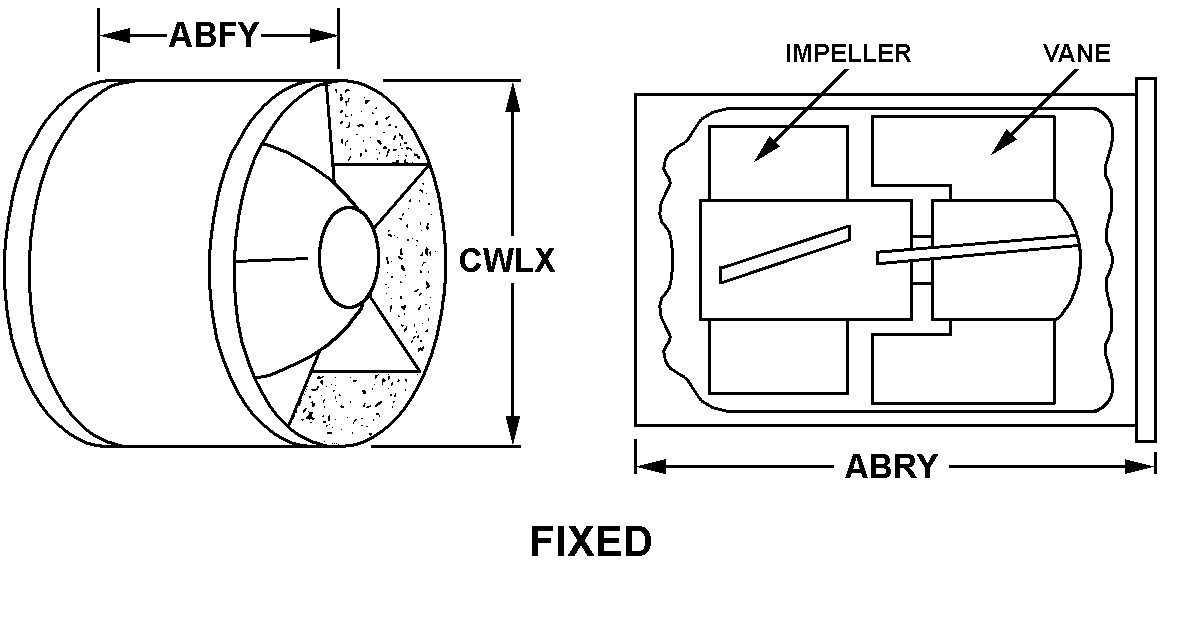
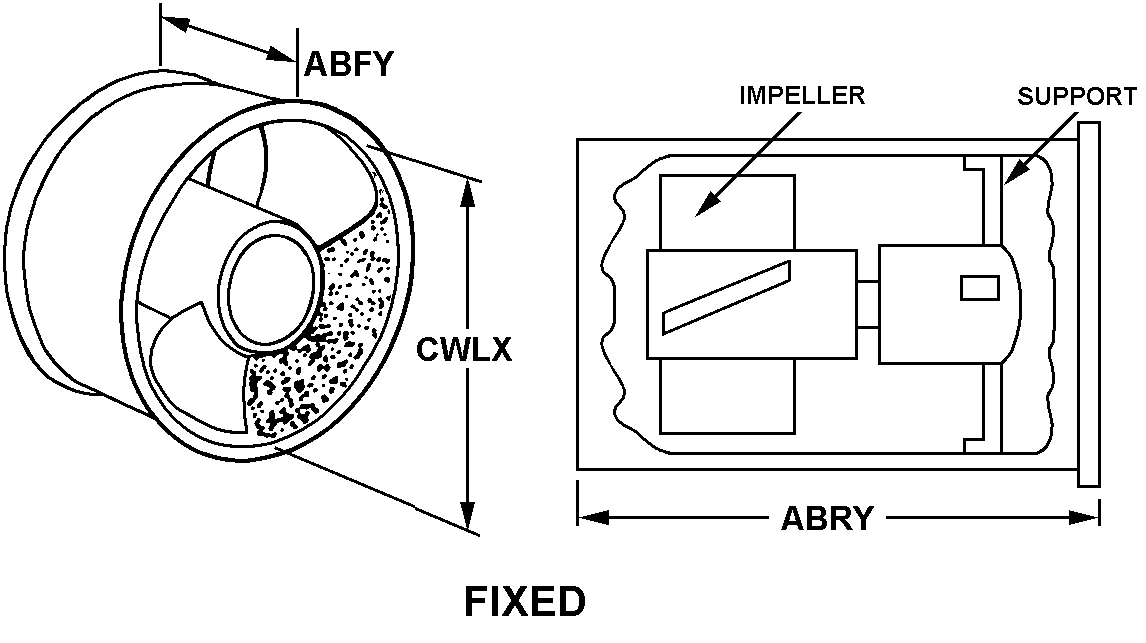

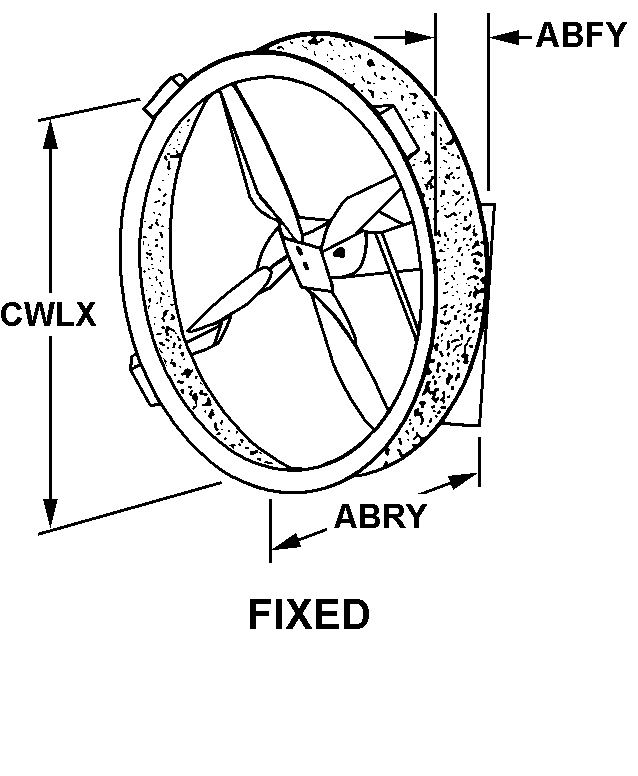
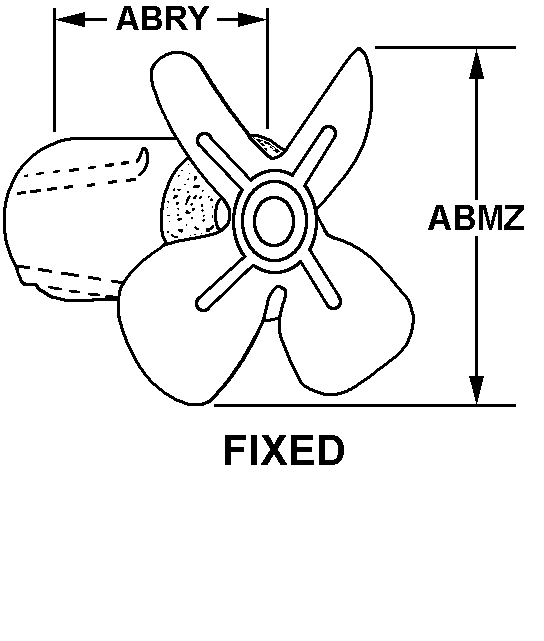



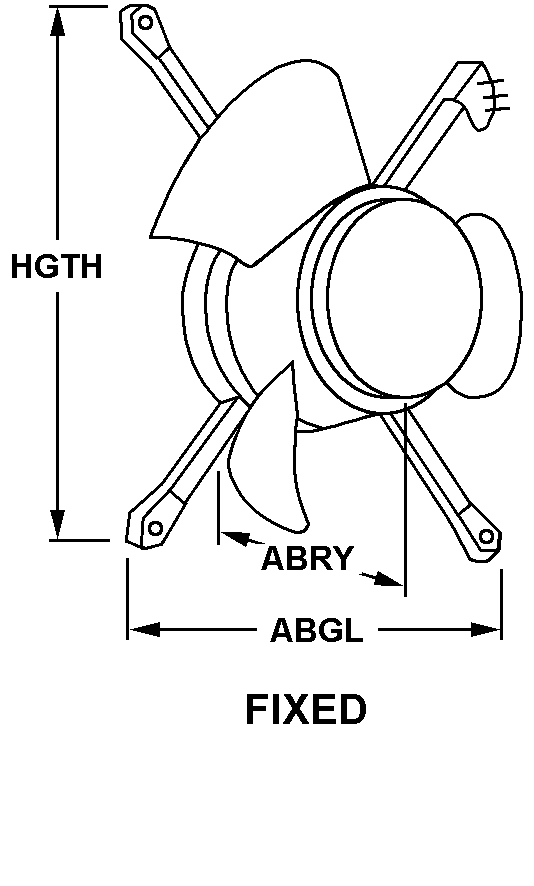
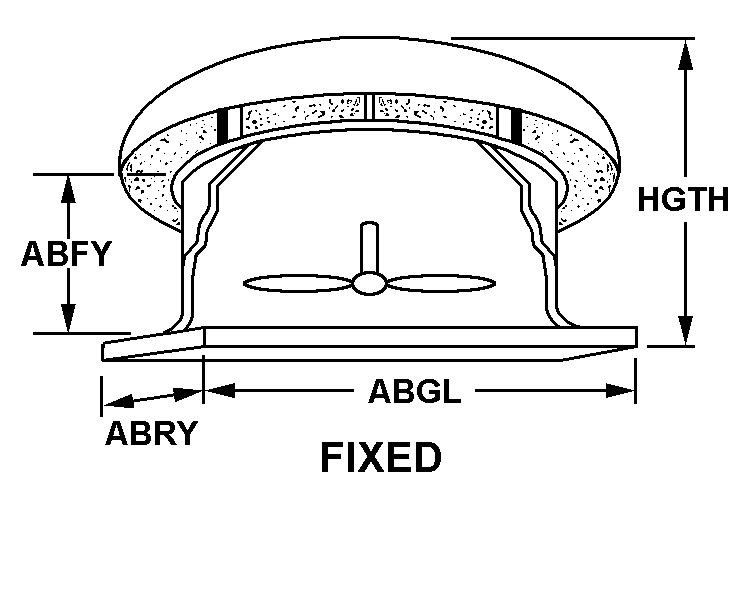
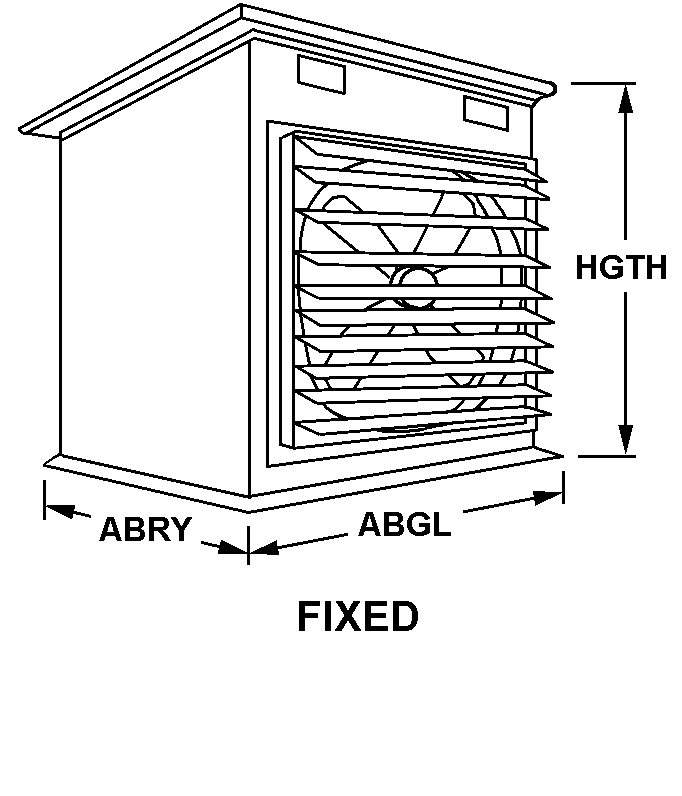


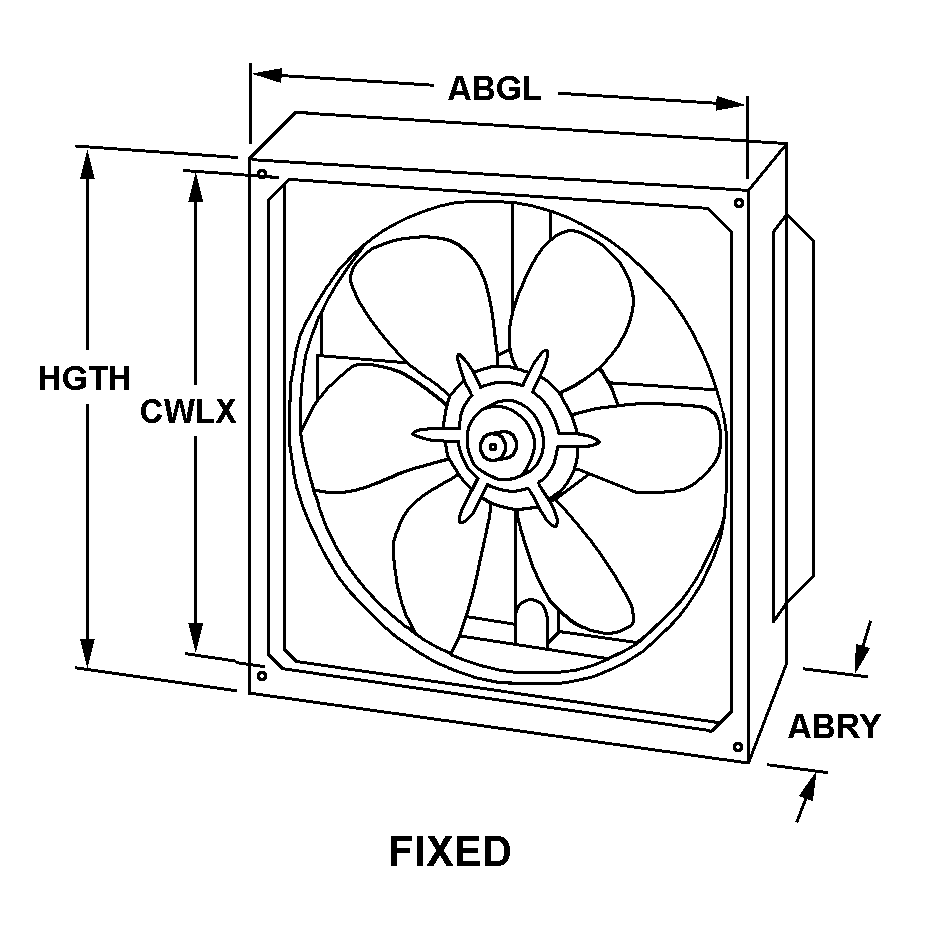
Definition Definition of approved item name (AIN): "FAN,CIRCULATING"
A nonpositive displacement mechanical device having an axial fan impeller with or without a protective enclosure. It is designed to circulate air under free-airflow conditions, and may be equipped with a baffle(s) to deflect the air radially. It may be suspended from the ceiling, attached to the wall, or stand on a horizontal surface.
4140-01-579-0936 Material Hazmat, Precious Metals, Criticality, Enviroment, and ESD
Indicates there is no data in the hmirs and the nsn is in a fsc not generally suspected of containing hazardous materials.
Item does not contain precious metal.
Represents items with no adp components
The item does not have a nuclear hardened feature or any other critical feature such as tolerance, fit restriction or application.
Identification Codes
HMIC: Hazardous Material Indicator Code. A one position code that identifies a hazardous item.
PMIC: Precious Metal Indicator Code. A one position code which identifies items that have precious metals as part of their content. precious metals are those metals generally considered to be uncommon, highly valuable, and relatively superior in certain properties such as resistance to corrosion and electrical conductivity.
ESD: Electrostatic Discharge. Indicates if an item is susceptible to electrostatic discharge or electromagnetic interference damage. electrostatic discharge damage occurs when an accumulation of static electricity generated by the relative motion or separation of materials is released to another item by direct contact. electromagnetic interference damage occurs when an item comes into proximity with an electrostatic or magnetic field.
ENAC: Enviromental Attribute Code. Identifies items with environmentally preferred characteristics.
CRITL: Criticality Indicator Code. Indicates an item is technically critical by tolerance, fit, application, nuclear hardness properties, or other characteristics.






